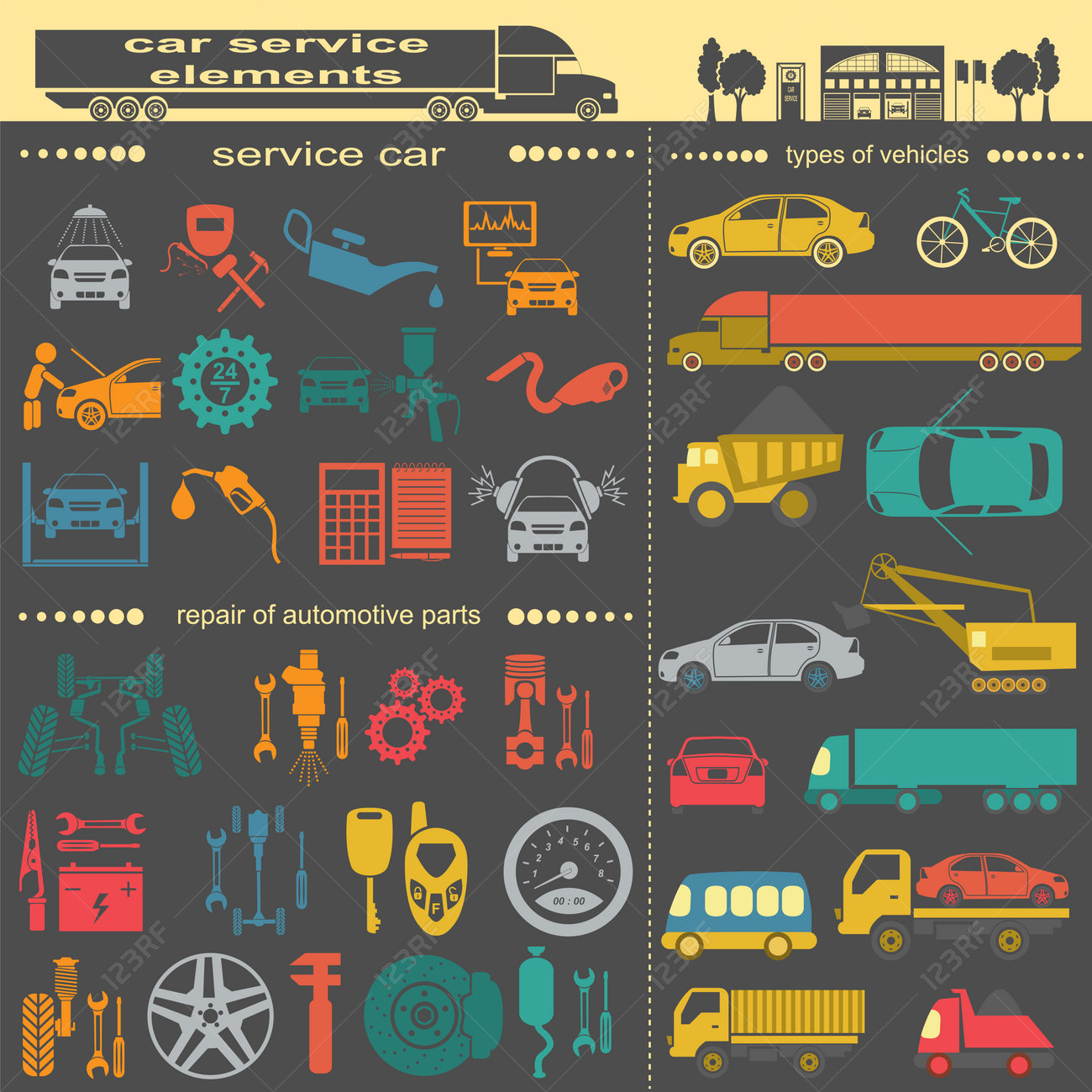Interested In Recognizing The Warning Lights On Your Auto'S Control Panel? Discover Their Relevance For Your Car'S Safety And Total Condition
Interested In Recognizing The Warning Lights On Your Auto'S Control Panel? Discover Their Relevance For Your Car'S Safety And Total Condition
Blog Article
Created By-Lauritsen Kejser
When you lag the wheel, those glowing warning lights on your control panel can be a bit difficult. Do you understand what they're attempting to inform you concerning your cars and truck's health and wellness? Comprehending the value of these lights is essential for your security and the long life of your automobile. So, the next time one of those lights turns up, would not you want to decipher its message accurately and take the needed actions to resolve it?
Common Warning Lighting and Interpretations
Determine common warning lights in your vehicle and recognize their meanings to make certain safe driving.
Suggested Web page include the check engine light, which signifies concerns with the engine or discharges system. If this light begins, it's crucial to have your car checked promptly.
The oil stress advising light indicates reduced oil pressure, requiring prompt interest to prevent engine damage.
A blinking battery light may suggest a faulty billing system, possibly leaving you stranded if not addressed.
The tire stress surveillance system (TPMS) light alerts you to reduced tire stress, influencing vehicle security and fuel effectiveness. Neglecting this might cause hazardous driving conditions.
The abdominal muscle light suggests a problem with the anti-lock stopping system, jeopardizing your capability to quit rapidly in emergencies.
Finally, the coolant temperature alerting light warns of engine overheating, which can cause serious damages otherwise resolved swiftly.
Comprehending these common caution lights will aid you deal with problems promptly and keep risk-free driving problems.
Significance of Prompt Interest
Recognizing the common caution lights in your automobile is just the first step; the importance of immediately dealing with these cautions can not be emphasized enough to guarantee your safety and security on the road.
When a caution light brightens on your dashboard, it's your vehicle's means of communicating a possible problem that needs focus. Overlooking these warnings can cause more extreme issues later on, jeopardizing your security and potentially costing you a lot more out of commission.
Motivate attention to alerting lights can protect against break downs and mishaps. As an example, a flashing check engine light might indicate a misfire that, if left ignored, could trigger damages to the catalytic converter. Addressing this promptly can save you from a pricey repair work.
Similarly, a brake system alerting light may signify reduced brake liquid or worn brake pads, crucial parts for your safety and security when driving.
DIY Troubleshooting Tips
If you observe a warning light on your control panel, there are a couple of DIY fixing ideas you can attempt prior to looking for expert aid.
The primary step is to consult your vehicle's manual to comprehend what the specific warning light suggests. Often the concern can be as basic as a loosened gas cap activating the check engine light. Tightening boat wash service might settle the issue.
Another usual concern is a reduced battery, which can set off different warning lights. Inspecting the battery connections for corrosion and guaranteeing they're safe and secure may repair the trouble.
If a caution light continues, you can try resetting it by separating the auto's battery for a few minutes and then reconnecting it. Additionally, inspecting your car's liquid levels, such as oil, coolant, and brake fluid, can aid fix cautioning lights connected to these systems.
Conclusion
In conclusion, recognizing your cars and truck's caution lights is essential for keeping your car running efficiently and safely. By without delay dealing with these alerts and understanding what they imply, you can avoid costly repair work and potential break downs.
Bear in mind to consult your vehicle's manual for particular information on each warning light and act appropriately to guarantee a trouble-free driving experience.
Remain educated, remain safe on the road!
